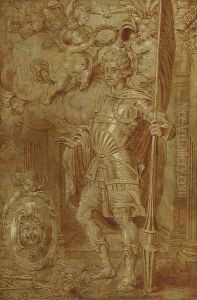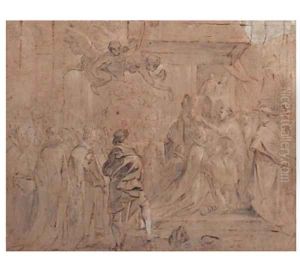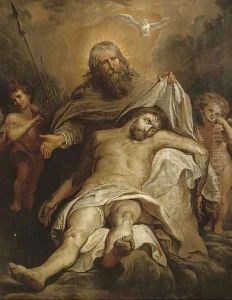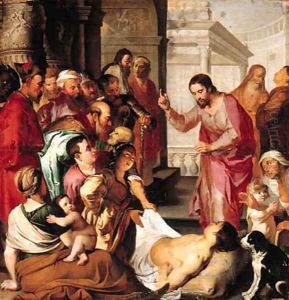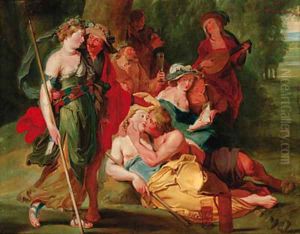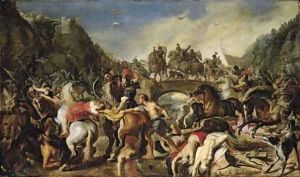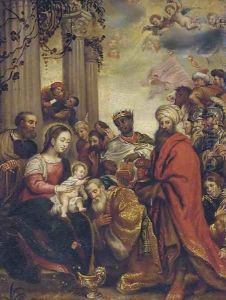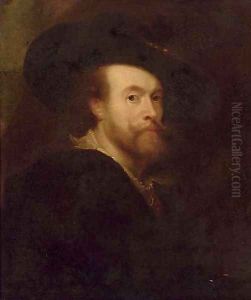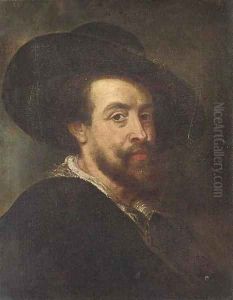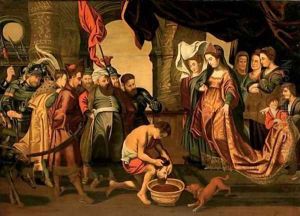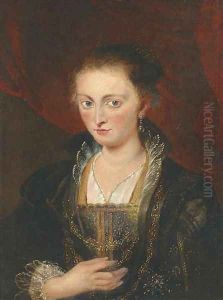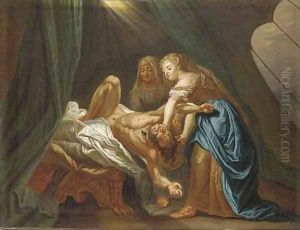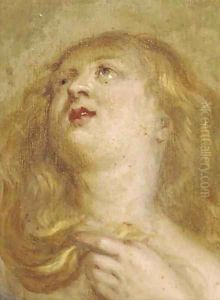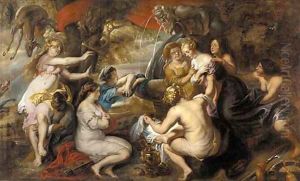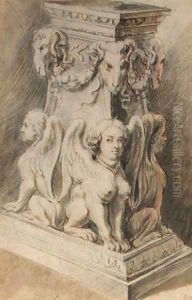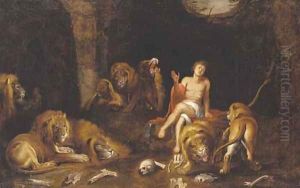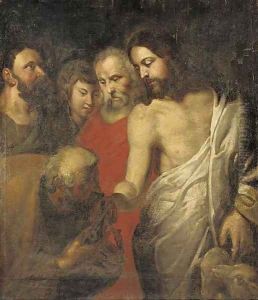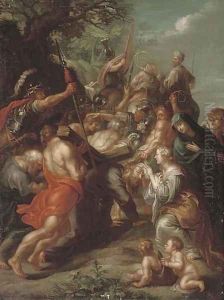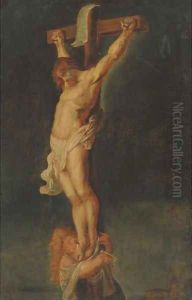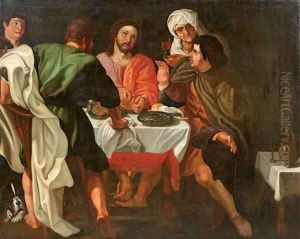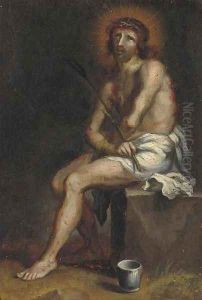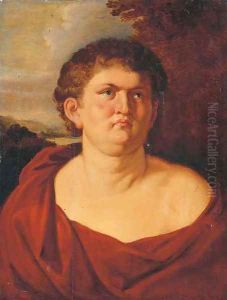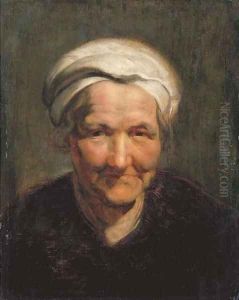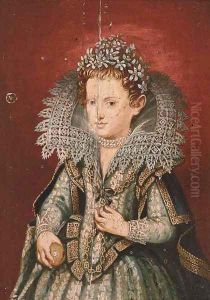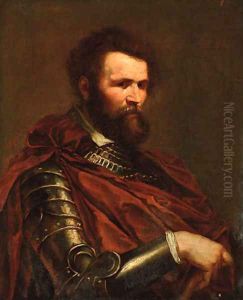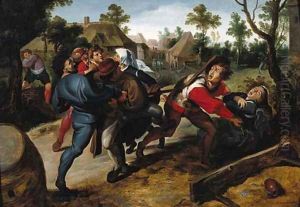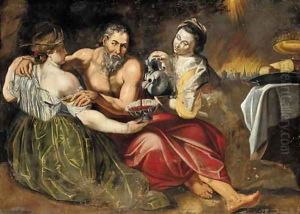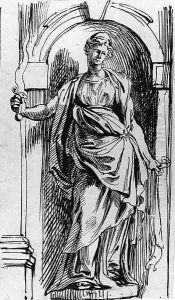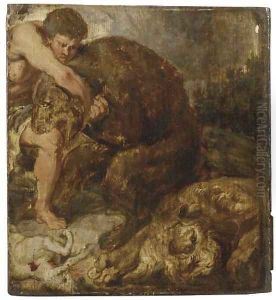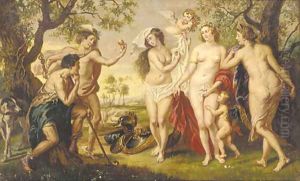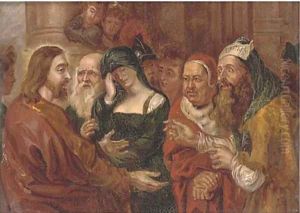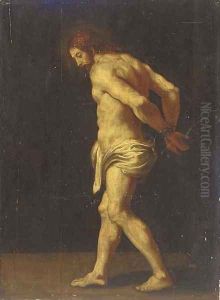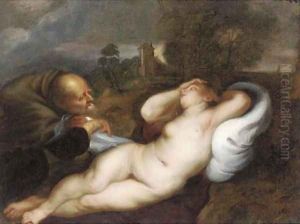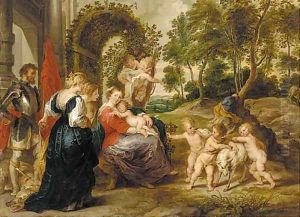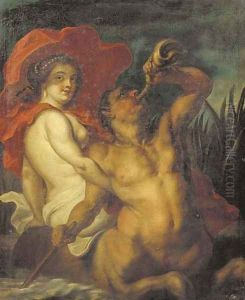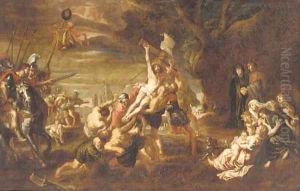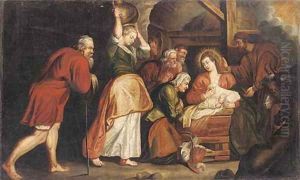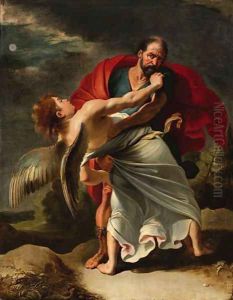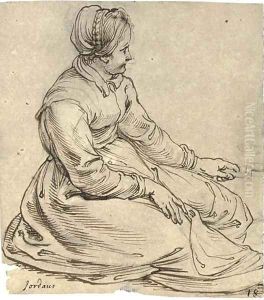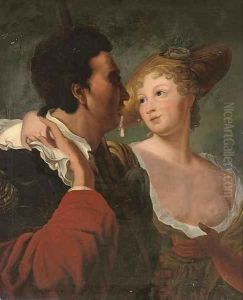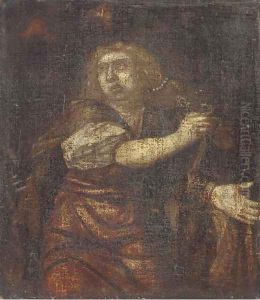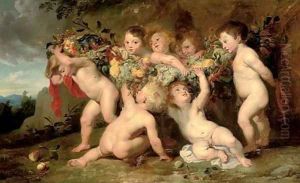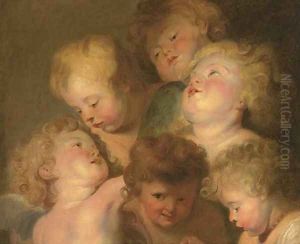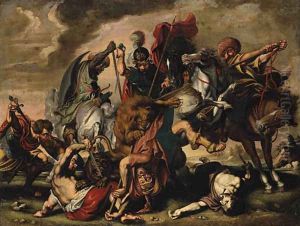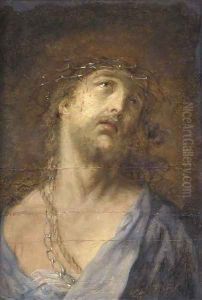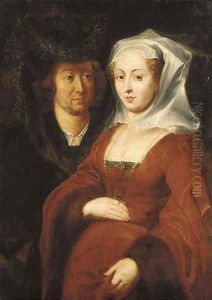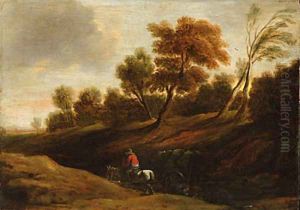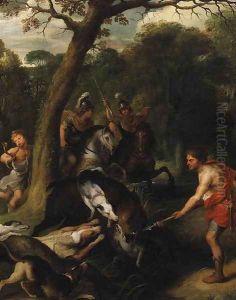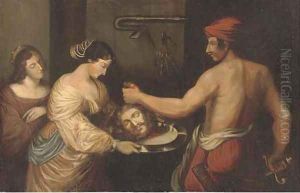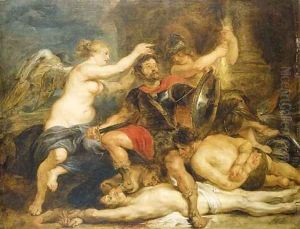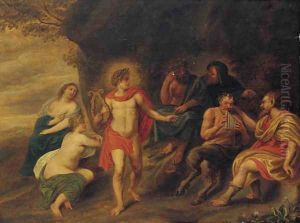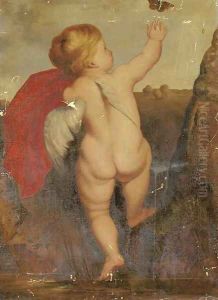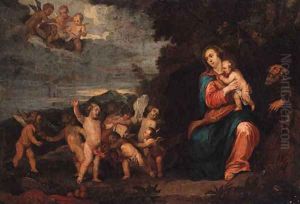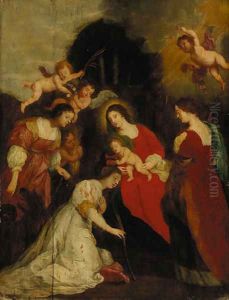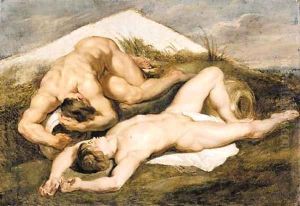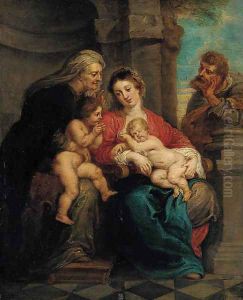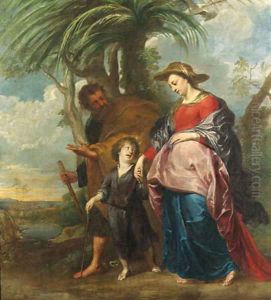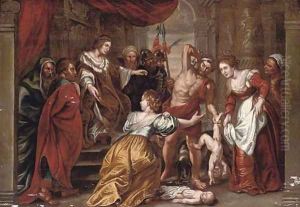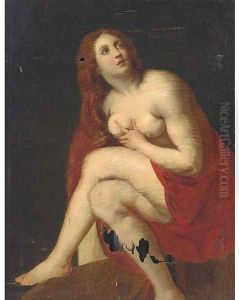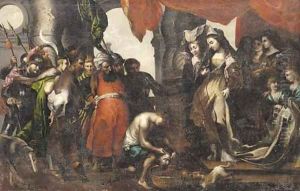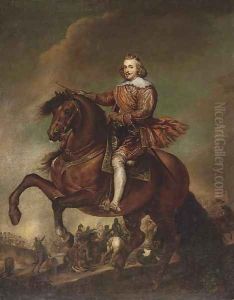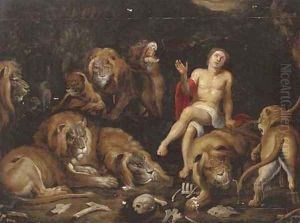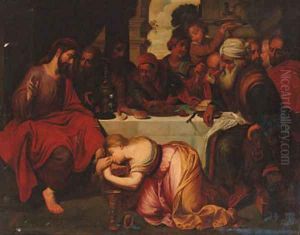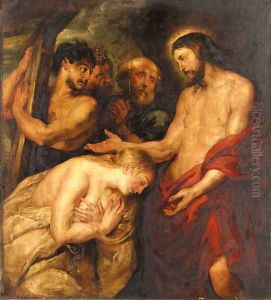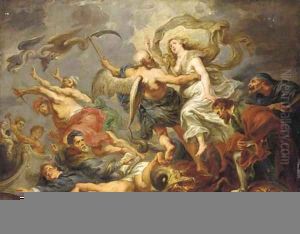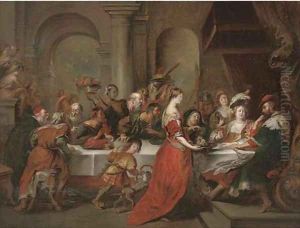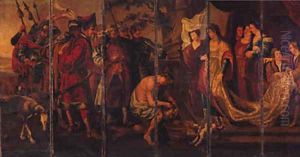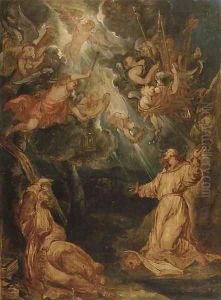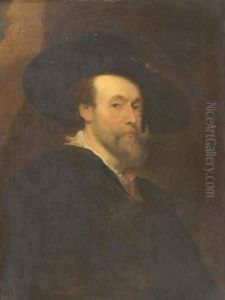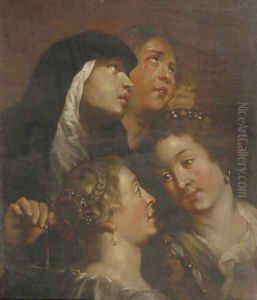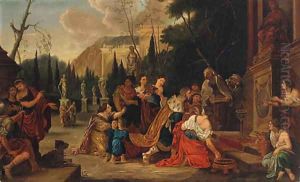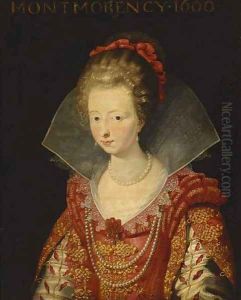Sir Peter Paul Rubens Paintings
Sir Peter Paul Rubens was a prolific 17th-century Flemish artist known for his exuberant Baroque style that emphasized movement, color, and sensuality. He is considered one of the most important artists of the Flemish Baroque tradition. Rubens was born in Siegen, Westphalia, on June 28, 1577, to Jan Rubens and Maria Pypelincks. His family, however, was originally from Antwerp in the Spanish Netherlands (present-day Belgium), and they returned there when Rubens was around the age of 10. He received a classical humanist education, studying Latin and classical literature, but he decided to pursue an artistic career, becoming an apprentice to several painters in Antwerp.
After completing his apprenticeship, Rubens traveled to Italy in 1600, where he became heavily influenced by the works of Italian masters like Caravaggio, Titian, and Michelangelo. He worked in several cities, including Venice, Mantua, Genoa, and Rome, and his style became a synthesis of his Northern European painting roots and the Italian Renaissance's rich traditions. By 1608, Rubens returned to Antwerp, and due to the death of his mother, he decided to stay there. In Antwerp, his career flourished, and he was appointed as court painter to the Archduke Albert and Infanta Isabella, the Spanish governors of the Netherlands.
Rubens's work includes altarpieces, portraits, landscapes, and history paintings of mythological and allegorical subjects. Among his most famous works are 'The Descent from the Cross' (1612–1614) for the Cathedral of Our Lady in Antwerp and 'The Allegory of Peace and War' (1629–1630), which was a diplomatic gift to King Charles I of England. Rubens's paintings are characterized by their dynamic compositions, vibrant colors, and emotional intensity. His depiction of the human form, particularly the fleshy, curvaceous bodies of his figures, is particularly notable.
In 1621, Rubens was knighted by Philip IV of Spain and later received a knighthood from Charles I of England in 1630. His diplomatic activities included missions on behalf of the Spanish Habsburg rulers to the courts of England and Spain. Aside from his painting and diplomatic work, Rubens was also a scholar, an avid art collector, and a successful businessman, running a large studio in Antwerp that produced a huge number of works with the help of his students and assistants.
Rubens married twice, first to Isabella Brant in 1609, with whom he had three children, and after her death, to Hélène Fourment in 1630, with whom he had five children. He continued to paint until his death on May 30, 1640, in Antwerp. His legacy includes not only his vast array of paintings but also his influence on later artists, such as Antoine Watteau, Jean-Honoré Fragonard, and the Rococo movement as a whole, as well as the Flemish painters Anthony van Dyck and Jacob Jordaens who were his pupils.
